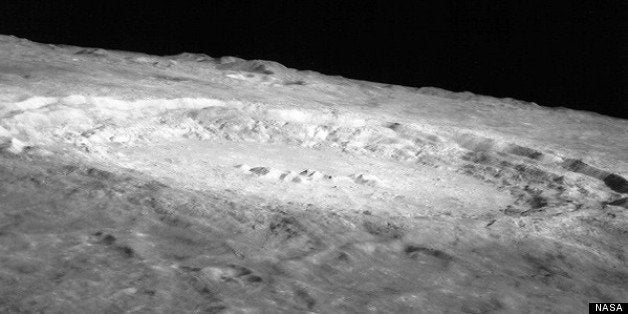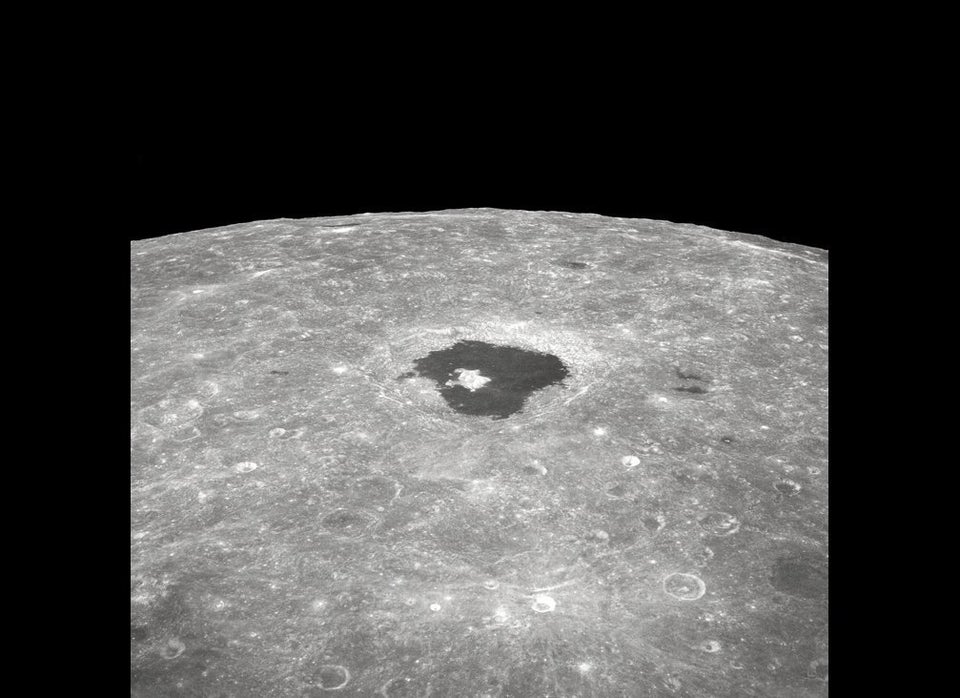
By Sid Perkins
Unusual minerals spotted in some lunar craters may not have come from deep within the moon: They may be remnants of the objects that blasted the craters in the first place, a new study suggests. In recent years, moon-orbiting probes—and even some Earth-based observations—have spied signs of olivine and other magnesium-rich minerals not typical of the moon's crust in the central peaks of the 93-kilometer-wide Copernicus crater (large, bright feature shown), as well as the similar-sized Theophilus crater. Previous studies suggested that these minerals had been excavated from beneath the lunar crust, which is about 30 kilometers thick on the side of the moon facing Earth. But new computer models simulating the impact of a 7-kilometer-wide, olivine-rich asteroid striking the moon's near side reveal that at lower-than-average impact speeds (below about 16 kilometers per second), craters don't punch through the moon's crust to exhume deeper material, researchers report online today in Nature Geoscience. Not only that, they say, but at speeds below 12 km/s—a range that represents about 25% of all lunar impacts—as much as 50% of the incoming object can both survive the impact and be swept into the bottom of the crater as its walls collapse just after the event. Besides being a source of bits and pieces of moon-thumping asteroids, other scientists say, such craters might even hold large deposits of material splashed into space by massive asteroids that slammed Earth billions of years ago during a period aptly called the Late Heavy Bombardment.
See more ScienceShots.
ScienceNOW, the daily online news service of the journal Science
